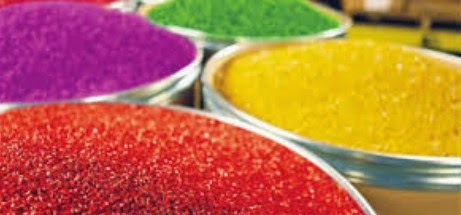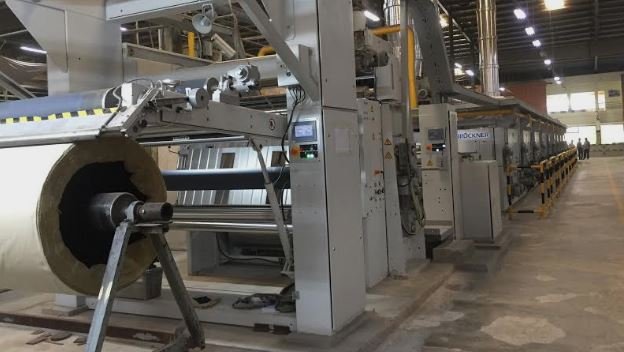What is Resin finishing? Importance of Resin Finishing
Last updated on July 22nd, 2023 at 10:56 pm
Definition of Resin
Synthetic resins are complex organic products of high molecular weight. Resin results when a number of simple molecular of low molecular weight become jointed together and to end to form much longer molecules which may be linear or linear molecules cross-linked.
The main outlet of resins has been the plastic industry and the electric field, considerable amounts has been used as paints and varnishes.
Definition of Resin Finishing
The process of applying resins on textile material so that they cross link inside the amorphous region, block the free hydroxyl groups, prevent the H-bond formation and thus improve resin finishing.
It may be applied on the surface of the material to form a coating or it may be applied to the amorphous region of the material to impart a crease resisting property.
It is a permanent chemical finishing. The principle is based on the formation of infinite networks and the quantitative characterization of network structure with cross linking of homogeneous polymers.
Importance/Why Resin Finishing is Applied on Cotton
- Improved resistance and recovery to creasing is important by this finish.
- It improves resilience, handle and draping properties of fabrics.
- Increase in weight is achieved.
- Increase the strength of rayon in both hot and cold state.
- Decrease the extension of rayon with freedom from distortion.
- By this finish, dye fastness can be improved.
- It sometimes resists the degradation of textile material by light.
- It gives comfort to wearer in different climates.
- It imparts adequate resistance to wear and tear of fabrics.
- It provides full retention of all creases and pleats.
- Good soil repellency and easy removal of soil by washing can be achieved by this finish.
General Recipe for Resin Finishing of Cellulosic Material
Cross-linking agent: 100-120 gm/l
MgCl2: 100-120 gm/l
PH (Maintained by CH3COOH): 4.5-5
Drying temperature: 1000C
Curing temperature: 130-1700C
Curing time: 2-4 minutes
Cross-linking Agents
Cross-linking agents create chemical bonds between polymer molecules to form a three dimensional network e.g. in a fibre or in a pigment binder. This generally restricts swelling in inhibits solubility and alters elastic recovery. The most important cross-linking agents are:
- Urea formaldehyde
- Tetramethylol Acetylene diUrea (TMADU)
- Dimethyl Ethylene Urea (DMEU)
- Dimethylol Dihydroxy Ethylene Urea (DMDHEU)





nice
Hello, I read your blog occasionally, and I own a similar one, and I was just wondering if you get a lot of spam remarks? If so how do you stop it, any plugin or anything you can advise? I get so much lately it’s driving me insane, so any assistance is very much appreciated.